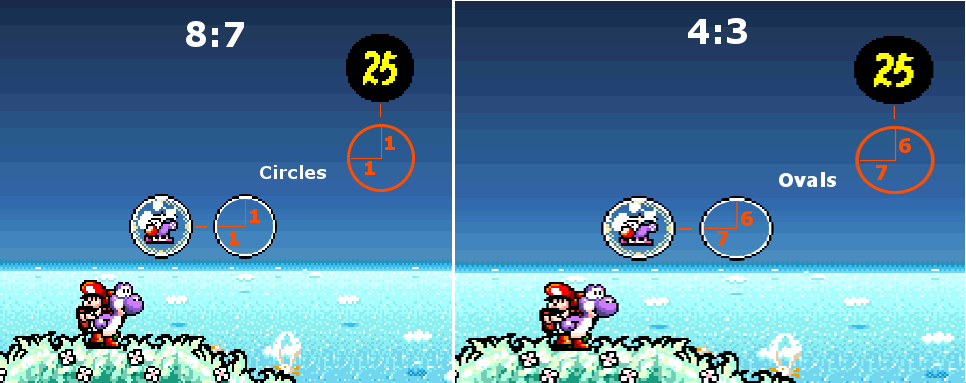WDStudios wrote on 2021-06-22, 21:59:And obviously both the DOS and Windows versions of Red Alert are meant to be seen in letterboxed 1.6:1, regardless of how the DOS version actually behaves in any particular real DOS environment.
I'm not sure why you insist the developer intent must have been something other than what they shipped.
Red Alert is a 4:3 game. That's how it's meant to be seen. That's how practically everyone who played the game saw it. That's how the developers saw it. Some assets being stretched does not change that.
If they truly were going for a widescreen presentation there wouldn't be any reason to include the 640x400 mode. And why would you think they ignored the DOS version, which does not support widescreen in any way? What about Command & Conquer, which looks mostly the same, but has no widescreen support at all?
WDStudios wrote on 2021-06-22, 21:59:
All right everyone, here's a new wrinkle:
I couldn't get RA95 working in a Win98 virtual machine because something something Direct Sound Object, so I had to try it out in an XP virtual machine. If I only installed the 1.08 patch, and not cnc-ddraw, then both the 640x400 and 640x480 settings would yield identical results: a 640x400 image letterboxed to 640x480. It was only after installing cnc-ddraw that 640x400 mode would produce the weird stretching.
Before you installed cnc-ddraw, 640x400 did the same as 640x480 because your GPU drivers don't support 640x400. So the game automatically falls back to 640x480.
cnc-ddraw pretends to support 640x400 and internally scales it to whatever resolution you set in ddraw.ini. Obviously, software scaling is way off-topic here, since this is a topic about displaying games 1:1 on a CRT. Though I will mention that to scale this properly on a 1:1 PAR display you need a 3200x2400 resolution...
I have to clarify this, since I'm not sure you're aware, but these:

(lines being different height)

(jaggies on Allied logo)
Are scaling errors caused by modern software, and has nothing to do with how the game originally looked.




